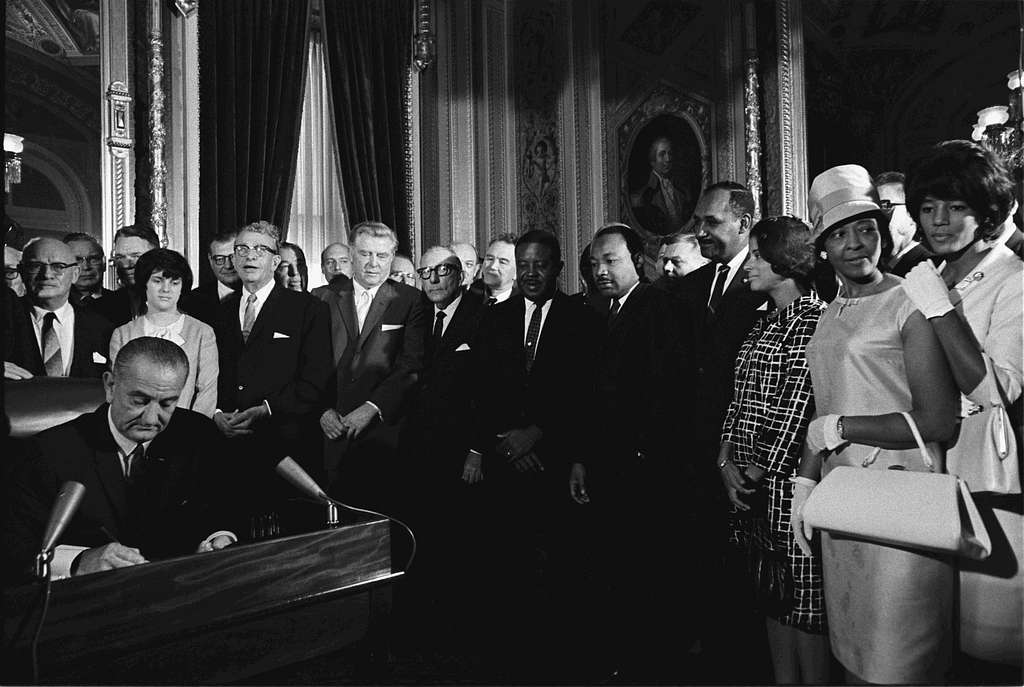You cannot have an execution culture without robust dialogue - one that brings reality to the surface through openness, candor, and informality. Robust dialogue makes an organization effective in gathering information, understanding the information, and reshaping it to produce decisions. It fosters creativity - most innovations and inventions are incubated through robust dialogue. Ultimately, it creates more competitive advantage and shareholder value.
Robust dialogue starts when people go in with open minds. They're not trapped by preconceptions or armed with a private agenda. They want to hear new information and choose the best alternatives, so they listen to all sides of the debate and make their own contributions.
When people speak candidly, they express their real opinions, not those that will please the power players or maintain harmony. Indeed, harmony - sought by many leaders who wish to offend no one - can be the enemy of truth. It can squelch critical thinking and drive decision making underground. When harmony prevails, here's how things often get settled: after the key players leave the session, they quietly veto decisions they didn't like but didn't debate on the spot. A good motto to observe is "Truth over harmony." Candor helps wipe out the silent lies and pocket vetoes, and it prevents the stalled initiatives and rework that drain energy.
Execution: The Discipline of Getting Things Done by Larry Bossidy & Ram Charan with Charles Burck. 2002. Crown Business, NY, NY. p. 102, 103




















